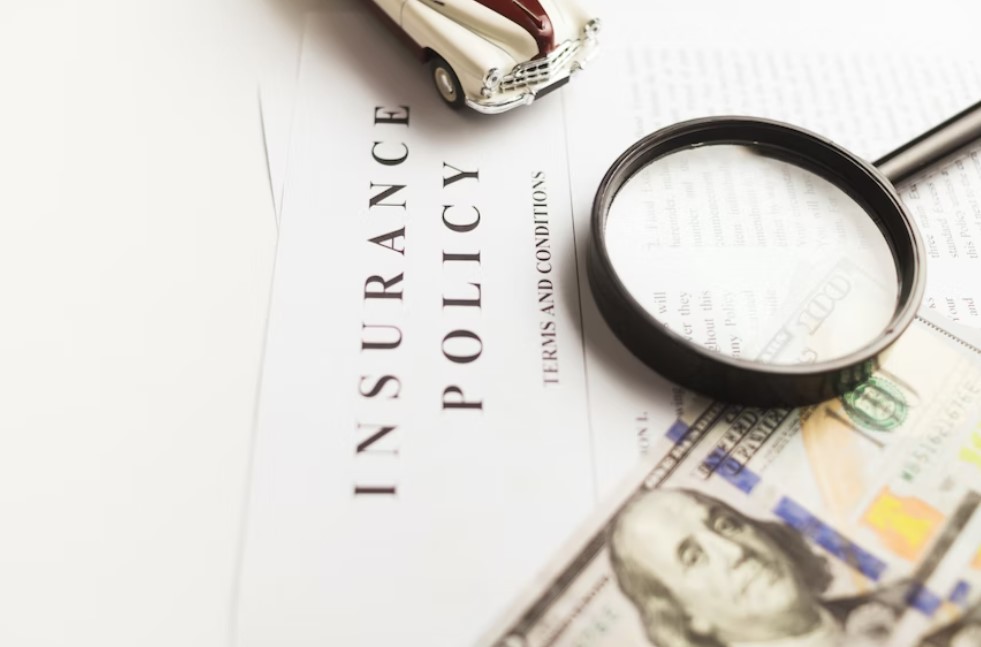Whether you’re a first-time property owner or have moved several times, condo insurance is necessary.
Like home insurance, condo coverage differs from policy to policy. So first, understand what your condo insurance covers to get the most from your policy. Then, estimate how much your policy needs to cover.
Building Property Coverage
Your condo association typically has a master policy covering the building structure and common areas like hallways and pools. You should check this policy to make sure it includes everything you need.
If the master policy only covers bare walls, you may not have enough building property coverage to rebuild your unit in case of a fire or water damage. Therefore, you should add building property coverage to your condo insurance policy to ensure you have enough protection to rebuild.
Bare walls policies typically only cover the exterior of a condo, so you’ll need additional coverage to replace your appliances, carpets, cabinets, and light fixtures. You can also buy loss assessment coverage to help pay for losses that the condo association doesn’t have set aside in its master policy.
Building property coverage is the most important part of condo insurance because it protects items attached to your unit’s structure or that you own as an owner-occupier. It also includes coverage for your personal belongings, including furniture, appliances, and electronics.
Liability Coverage
Liability coverage is part of a condo insurance policy that can help pay costs associated with lawsuits against you if someone is injured in your unit or on the property. For example, it can include costs incurred from a guest who slips and falls on the rug, an employee who trips and breaks his ankle, or a dog that bites someone at the park.
Condo liability insurance can be purchased as an individual policy or a part of a standard condominium association policy. This type of insurance typically includes a limit of $100,000 in personal liability and can be increased to $500,000.
It also covers legal defense fees, court judgments, and any medical bills related to the incident. Therefore, this type of insurance may be rather costly and should be used prudence.
The condo policy you choose should cover all of the property in your unit, including the fixtures and appliances. You can add building property coverage to your policy if you make significant upgrades.
Consider adding a flood or earthquake endorsement to your condo insurance if you reside in a region prone to natural catastrophes. These policies can save you money in the long run and are a must-have if your condominium is in a risky neighborhood.
Additional Living Expenses Coverage
Additional living expenses (ALE) are a standard component of many homeowners, condo, and renters policies. It reimburses your living costs if your home is damaged and you must live elsewhere during repairs or rebuilding.
ALE covers hotel stays, restaurant bills, and other living expenses you might incur if your house gets damaged. You can expect a certain percentage of your dwelling coverage to be set aside as an ALE limit, usually between 20% and 30%.
You must submit receipts of any expenses you incur to your insurer. They will then calculate what it would cost to live at a reasonable standard of living in a temporary housing solution and reimburse you for those expenses.
If you need to know if you have additional living expenses coverage, ask your insurance agent or look for endorsement.
Remember that your ALE coverage won’t cover you for things you need to pay off your mortgage, tuition fees, or any other monthly bills. You may need reimbursement from your mortgage lender if your home is uninhabitable because of a covered loss.
Buying a homeowner’s or renter’s policy that includes ALE can be smart for those who might experience damage to their home or need to find a place to stay while they wait for repairs.
Personal Property Coverage
Personal property coverage is the portion of your condo insurance that covers items like electronics, furniture, and clothing. It pays for the replacement cost of these things if they are stolen, damaged, or destroyed.
The amount of personal property coverage you need will depend on your items’ worth. To determine how much coverage you need, start by making a home inventory of your belongings.
Most homeowners, renters, and condo policies offer some percentage of the dwelling limit for personal property protection. For example, if your dwelling is insured for $250,000, your policy might include 20% to 50% of that coverage.
You can upgrade to a replacement cost value for your personal belongings, which means the insurer would pay you the exact amount it takes to replace your item with something of its equivalent cost. It is typically more expensive than the cash value but offers better coverage.
Personal property coverage can also extend to valuables you keep in your home or outside, including jewelry, artwork, musical equipment, and firearms. However, this coverage might be limited by your condo insurance, so talk to an agent about adding personal property “floaters” that provide more valuable coverage for these items.










